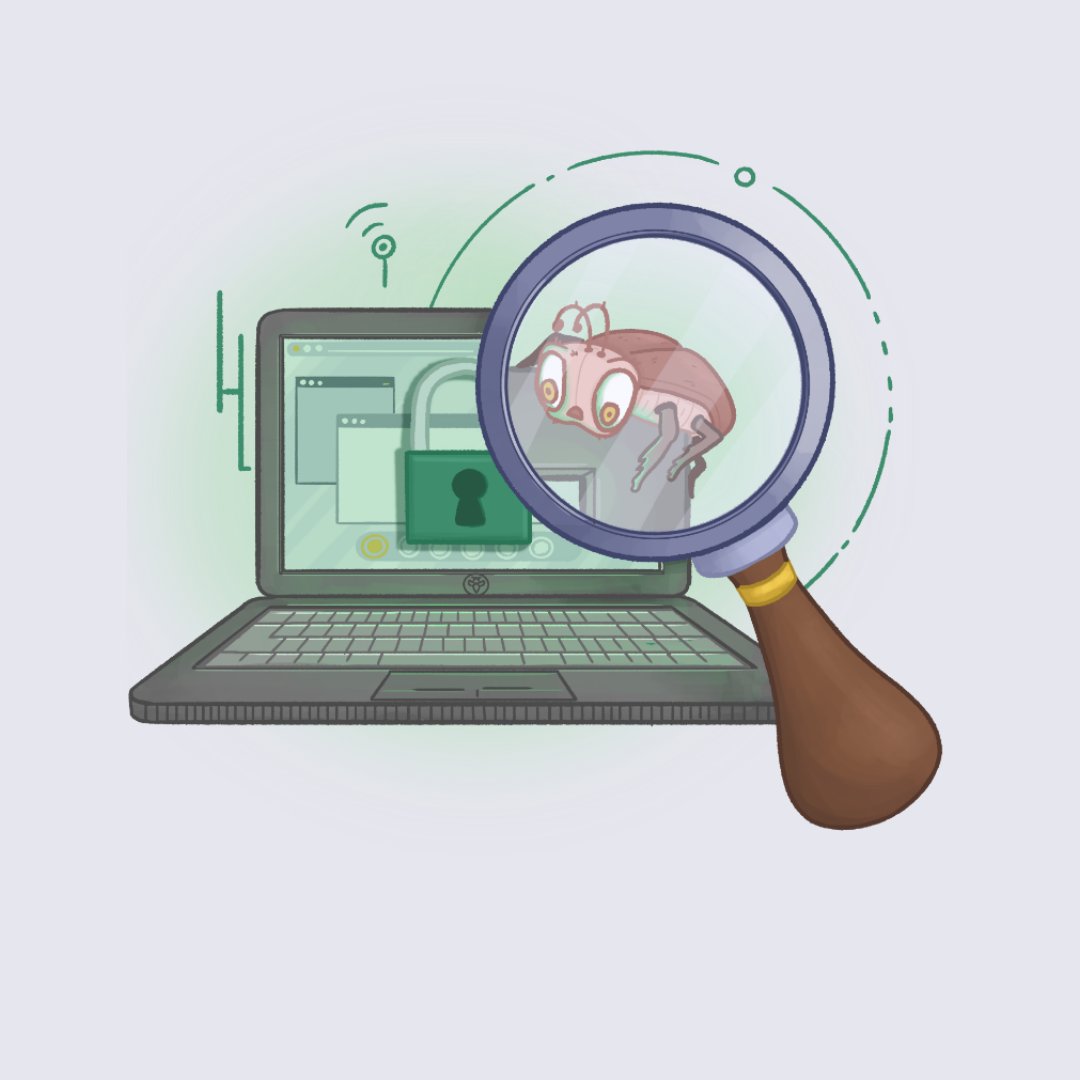What is the pattern that can be expected after going public with a bug bounty program?
By Eleanor Barlow
August 27, 2025
You asked, and we answered.
At Intigriti, we’ve been paying close attention to the questions most frequently asked by those with a bug bounty program in place. That’s why we’ve launched this blog series dedicated to answering the most asked questions, diving into hot topics, and sharing practical and expert-backed strategies to help you maximize your bug bounty success.
In today’s blog, we take a look at what will likely occur after going public with your bug bounty program, so you have a good idea of what to expect and how to set your team up for success.
Phase 1: spike in submissions
This might be the start of your bug bounty journey, or perhaps you have already had a private program in place. Either way, going public will create a chain of events, usually starting with a spike in submissions.
During the first one to two months of making a bug bounty program public, it is common to see a spike in submissions as an immediate influx of researchers test your environment.
'When you set up a public bug bounty program on the platform, you’ll instantly have access to a global community of crowdsourced ethical hackers.' – What is continuous security testing?
While some of these submissions will be valid, expect a sharp rise in duplicates as more researchers pile in. You can expect multiple reports on the same vulnerabilities, as well as low-value submissions identifying common vulnerabilities, which can be quick wins but don’t offer long-term insights.
But don’t fret, this is where triage comes in, so that your team only looks at relevant submissions validated by our team of experts before ever hitting your desk, taking away what can be overwhelming amounts of duplicates or false submissions.
'When considering whether you need triage services, think about the impact for your security team if you could: Remove time spent on validating submissions, filtering out duplicates, and ranking vulnerabilities by severity.' -The not-so-secret hack to impactful programs
Phase 2: stabilization
Typically, at around three months, low-hanging fruit has been reported, and the volume of submissions begins to decrease. But while the quantity drops, the quality often increases as less skilled researchers may leave the program after reporting on the easier-to-find bugs, while higher-skilled researchers generally continue engaging with the program, looking for more complex and high-severity bugs.
“Having a strong and seamless triage process in place is vital for keeping our community happy and engaged, bringing a continuous stream of new and emerging hacking talent.” – The not-so-secret hack to impactful programs
Phase 3: long-term engagement
From around six months onwards, the program becomes part of your ongoing security posture. If the scope is right and the bounty reward is correctly set, researchers will want to stay engaged.
What’s important now is to build lasting relationships based on respect, responsiveness, and fair rewards.
'This approach benefits both the ethical hackers … and our customers.'- Optimising Bug Bounty Success
If you have gotten to stage three and are not seeing the engagement you are after, look out for our upcoming blogs on
How to attract security researchers to test on my bug bounty program?
How can I get more submissions and higher-severity findings?
How do I know researchers are testing assets if I'm not getting submissions?
Next steps to enhance your bug bounty journey
For more information on any of the points made in this article, contact the team today.
And keep an eye out for our next blog, where we dissect another popular question posed to our team!
Interested in a particular topic? Send us the questions you’d love to get answers to by emailing pr@intigriti.com
Author
Eleanor Barlow
Eleanor Barlow is a London-based Senior Cyber Security Technical Writer at Intigriti, with 9+ years’ experience reporting on and writing for the cyber and tech sector. She specializes in data-driven content on cybersecurity and bug bounty intelligence, helping organizations benefit from the latest trends and insights.
You may also like
December 5, 2025
Intigriti insights: React2Shell CVE-2025-55182
How the React2Shell (CVE-2025-55182) vulnerability works and why it enables remote code execution in React Server Components. Which React applications are vulnerable, and how to assess whether your stack is affected. How to reduce risk and respond effectively, including patching guidance and the r
November 25, 2025
Understanding signal-to-noise for vulnerability management success
What signal-to-noise means in vulnerability programs: Learn how to measure the value of vulnerability reports versus low-quality noise to focus on what truly matters. How to improve your program’s signal ratio: Understand how scope, policy, rewards, and processes affect the quality of submissions
November 19, 2025
Black Friday and Cyber Monday price distortion identification
How price manipulation works during big sales: Learn the common ways discounts, coupon systems, and pricing logic can be exploited by threat actors in high-traffic e-commerce events. Key vulnerability types to watch for: Understand issues like insecure coupon validation, currency confusion, and in
























